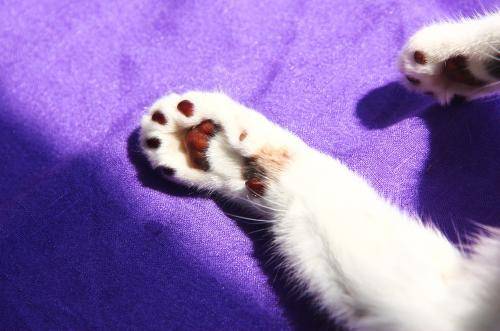According to professional information, the allergen of cat allergy is actually a protein that is mostly found in dander, saliva and urine. Since these cat allergen particles are very small in size, cat allergens are usually spread through the air as microscopic particles that can be inhaled by allergy sufferers and can be spread in the air for a long time. Allergens are particles of foreign substances such as cat dander, pollen grains, dust particles and enzymes from dust mite feces. Allergic individuals tend to have sensitivity to more than one substance. Allergic reactions depend on the amount of allergens in the environment and the individual’s individual sensitivity to these allergens. Symptoms of allergy to cats include, asthma. Pollen allergy, sneezing, most commonly, which may be accompanied by a runny or blocked nose. Itchy eyes, nose and throat.

Common allergic diseases include urticaria, which is characterized by the sudden appearance of pink, raised herpes of varying size, mostly round, on any part of the body; it begins as a single, isolated rash, but gradually expands and develops into patches. Most of the hives come and go quickly, and they come and go. Some cases are accompanied by gastrointestinal reactions such as abdominal pain and diarrhea. In severe cases, heart-related diseases may occur.

Allergic rhinitis is characterized by sudden itching in the nasal cavity and continuous sneezing. The clinical manifestation of anaphylaxis is the appearance of mucous membrane flushing on the surface of the skin, mostly in the form of a large wind mass, and large dermal and subcutaneous vascular edema. Another disease is hay fever, which is very obvious seasonal and regional, mostly manifested by itchy eyes, red and swollen eyelids; increased watery secretions after sneezing, and some patients may have croup on auscultation.

The last and more frequent type of asthma. Allergic asthma mostly manifests as sudden attacks or worsening of symptoms with paroxysmal expiratory dyspnea and croup, usually lasting for several hours. Most attacks are preceded by sneezing, runny nose, coughing and other signs of mucosal allergy.

